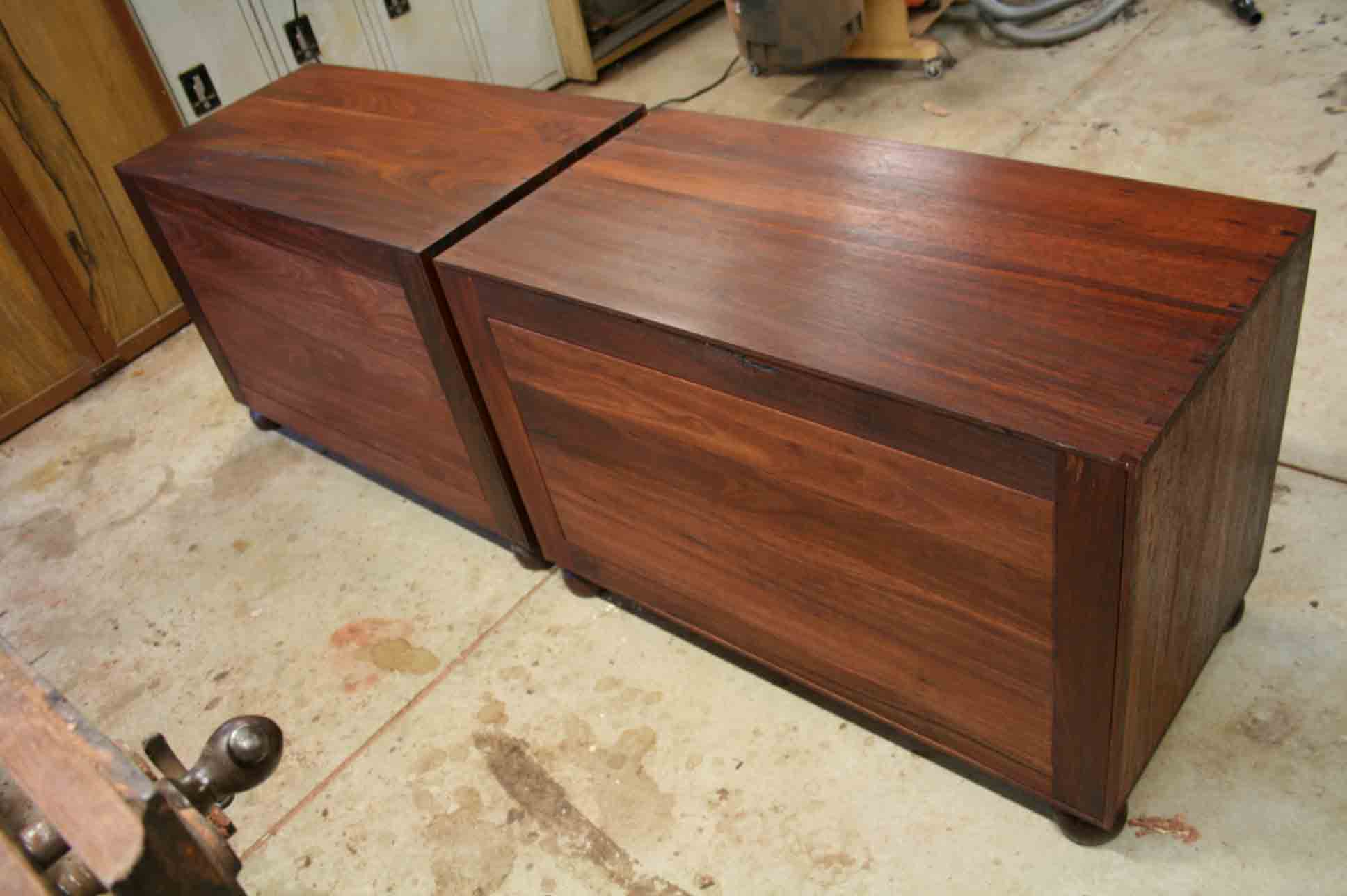I am building a large tool chest out of cypress. I bought some very rough shorts for the project and have started to plane the boards for glue up. Would it be practicle to tongue and groove the boards and glue them up? I have never heard of anyone gluing a tongue and grove joint...why not? It would give more gluing surface.




 Reply With Quote
Reply With Quote




